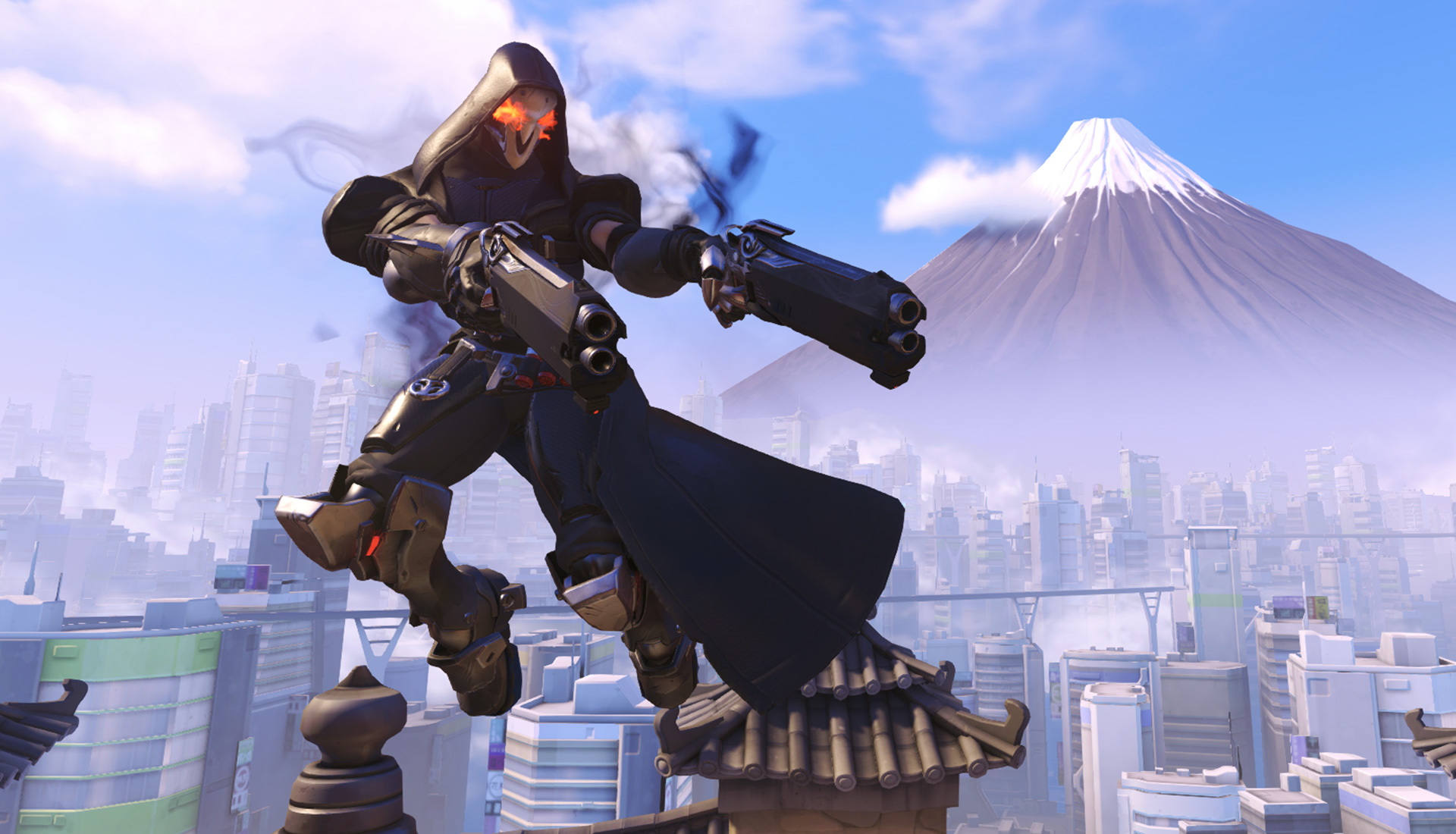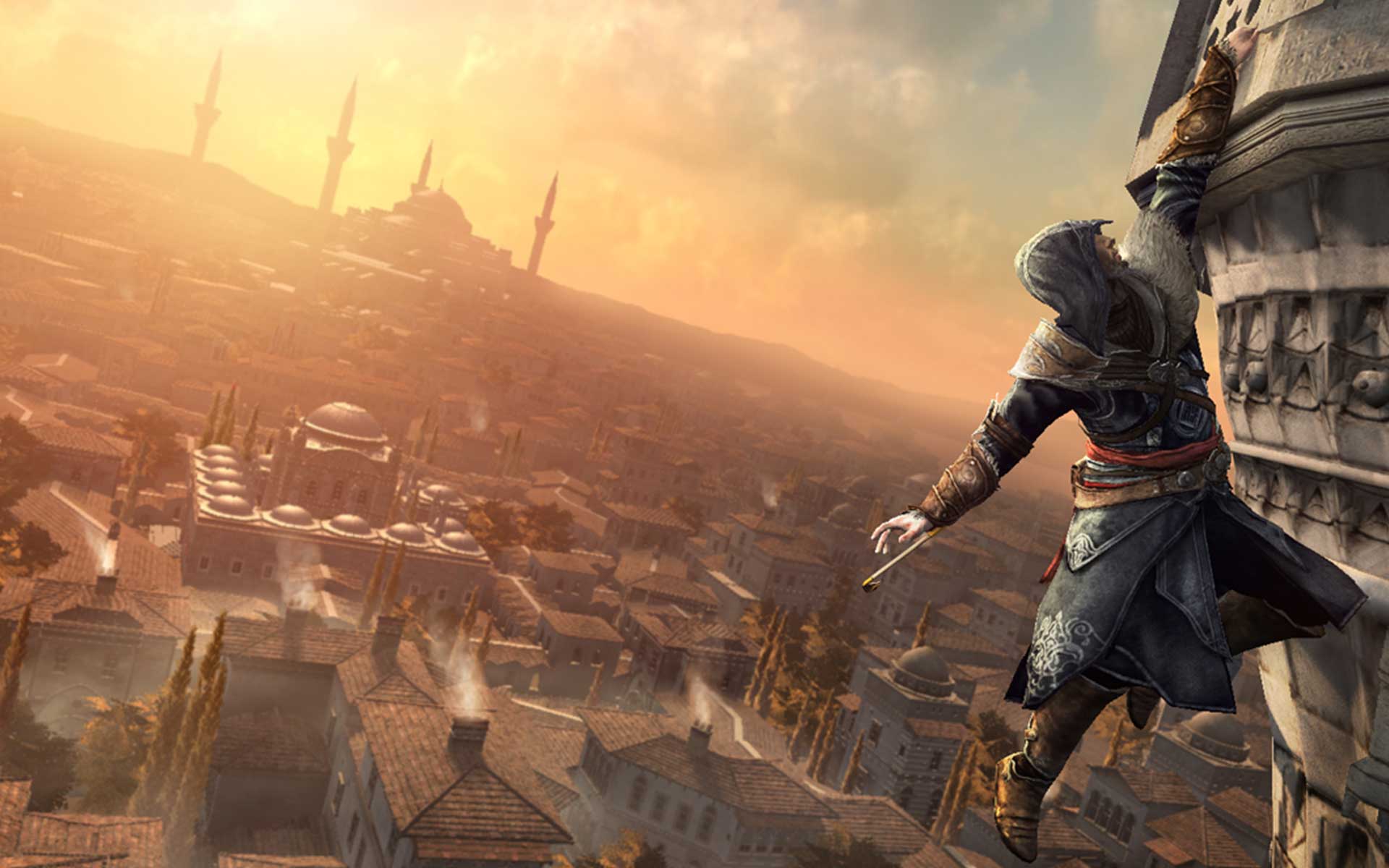Back in the heyday of video games, before the first generation of consoles that now dominate the market, games were either original or based off a popular movie.
It was, to the movie studios, a quick and easy way to get more money from the licensing and hook more people into the franchise, though the games were often failures. The holiday 1982 release of the ill-fated “E.T. The Extraterrestrial” video game for the Atari 2600 is often cited as the game that singlehandedly brought about the crash of the video game industry in 1983.
While movies are still made into video games—“Harry Potter” and “Shrek,” anyone?—it is becoming increasingly more frequent to see video games turning into major motion pictures.
And books, comic series and even TV shows.

“Overwatch” has been a massive hit and shows clear signs of staying power as a MOBA. It has little storytelling in the game, but Blizzard has released a series of comics that expand on the characters’ lives. “World of Warcraft” and “Assassin’s Creed” have been made into movies released in actual theaters, and “Halo 4: Forward Unto Dawn,” now on Netflix, started as a live-action webseries to build hype for “Halo 4.”
Each adaptation of a video game comes with varying critiques and successes, but it’s clear that the rise of Geek Culture™ is here to stay. Superheroes and nerds are being celebrated in all corners of our society, with expos and cons popping up and becoming more socially acceptable. But why have games become so dominant that they bleed into other forms of entertainment?
Games weren’t always space odysseys or epic fantasies of exploratory magnitudes, with sweeping landscapes, naturally moving fauna and intricate storylines. They started with large pixels and boxes of text, and when characters began to show up, they only moved up down left right. Faces were blobs on tops of bodies with dots for eyes, or filled your screen with blocky definition.
Today, even a character’s pores are clearly defined, as the most subtle of facial expressions are carefully recorded with motion-capture technology. Left and right movements have become strafing across a battlefield to duck behind cover, features now nearly required in first-person games. People notice when the same voices and lines are used by multiple characters.
Most of all, players have come to expect a narrative that drives their gameplay, a reason to move from one fight to the next. It’s not necessary for some genres or styles, and some game stories can feel like a poorly developed afterthought, but a large portion of the many Game of the Year Awards winners often have intricate storylines.
RPG and adventure games have developed such expansive lore for their narratives to sit on that codices and journals detail more than the narrative or gameplay flow can allow. Walkthroughs and cheats are still a thing, but fan-compiled wikis bring the gameplay experiences and in-game codices together, diving deeper into the gameworld than ever before.
Wikis seem to pop up for nearly every game, with no clear notion of who decided it was needed. The first ones, however, were likely created by die-hard fans who’d delved so far into the codices and gameplay correlations that they needed somewhere to catalogue it all. Why would anyone go through all that trouble?
Fanfiction writers want to get the details right.
FanFiction.net and Archive of Our Own house thousands of fanfiction stories, some smashing together two different games, and others exploring the relationships between characters. DeviantArt is chock full of fan-created artwork, ranging from the amateur to the professional, simple portraits to painstakingly detailed landscapes, entire comic series of an original character and even some roleplay groups.
Fandoms have been around for ages, spawning in forums and meeting at ComicCon, E3 and other expos that welcome video games and their communities. Except now more than ever, fans communicate directly with the people who make the games.
Instead of mailing artwork or fan letters to studios, fans post their work online to share with their gaming communities and, inevitably, to be seen by developers who google their games and characters or scroll through Twitter hashtags. It takes little effort to send them links to fan creations. It’s become so common that some studios showcase fan-created cosplays and artwork on Twitter and Facebook.
Social media has allowed more gamers to communicate their appreciation—or ire—with game developers.
Video game executives can more easily learn that a game has produced a loyal and enthusiastic following. Developers hear praises and complaints and use them to further enhance gameplay in future games, whether for the game that initiated the discourse or for new ones entirely.
Video games have a unique developer-consumer-developer marketing flow. No game will please every player, but games that do capture a fan base drive more content. Developers can interact with their fans on social media and see the passion, driving their own desire to delve deeper into their own game lore and enrich the narrative already created.
The first argument about games franchising into books and movies is akin to the DLC argument: Why do studios not just keep the DLC content in the original game instead of making players pay extra for the “full” story?
First of all, the DLC situation is more complex than some gamers may think, but most of all, some aspects of the lore just aren’t suited for the game itself. “Overwatch,” for instance, is far less about story and way more about battling with a team against another team. Utilizing a different medium provides the depth of narrative some players crave, while maintaining the genre and style integrity of the game itself.
That’s not to say that companies aren’t looking for profits in every corner. The “World of Warcraft” and “Assassin’s Creed” movies definitely required a movie ticket (if you saw them legally). However, these moves required more than analyses of gameplay retention data and revenue reports on the game to support a reasonable return on investment on a high-budget movie; game reviews, forum trends and fandom activity are key indicators of how a movie might sell. Just because your game sold a million copies in its first month doesn’t mean players are going to stick with it over the long haul.
It’s not so bad that companies try to ride the waves of their most popular games, because consumers are showing desire for game-related content. Do I need the “Mass Effect” Monopoly board game? No. Do I want it? Hell YES I do. In a free market capitalist economy, companies need to make what consumers are willing to buy, and if it means plushies of your favorite characters, then so be it.
It’s a win-win because fans invest relatively more time and energy into a game than a movie or book (unless it’s a really long book), and publishers acknowledge that investment by providing more content, in the game and in other mediums. All the while, developers see the fruits of their labor, thousands of man-hours poured into a game over years, grow into something more than a game.

















